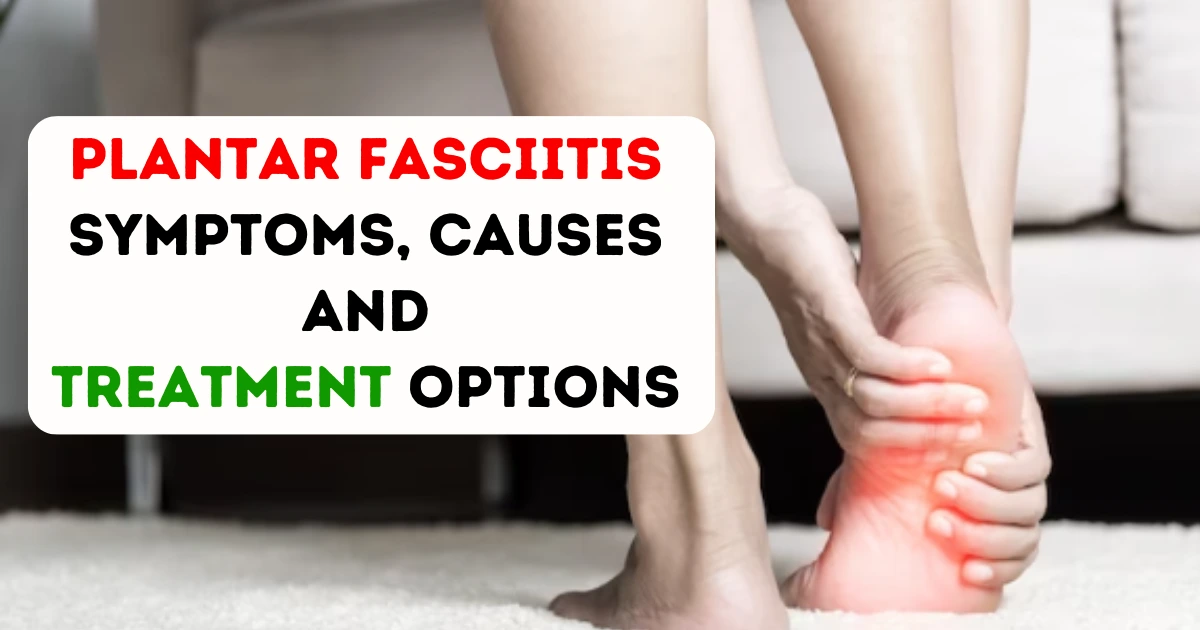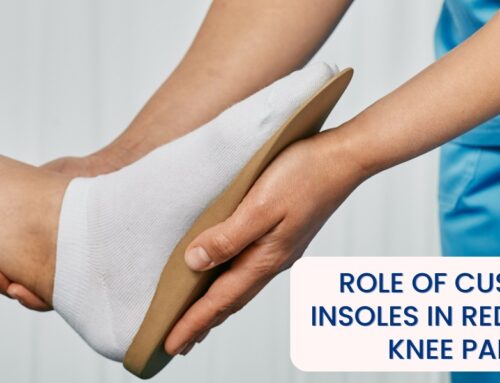Understanding Plantar Fasciitis
Plantar fasciitis is a prevalent and often painful condition that affects the heel and the bottom of the foot. The plantar fascia, a thick band of tissue that connects the heel bone to the toes, becomes inflamed or irritated, resulting in discomfort and difficulty walking or standing. It’s a condition commonly experienced by athletes, individuals who are on their feet for extended periods, or those with certain foot arch types.
Symptoms of Plantar Fasciitis
Recognizing the symptoms of plantar fasciitis is crucial for timely diagnosis and treatment. The most common signs include:
Heel Pain – Heel Pain is typically felt on the underside of the heel, often presenting as a stabbing sensation. It’s usually more pronounced in the morning when taking the first steps after waking up or after long periods of rest.
Tenderness – The affected area may be sensitive to touch or pressure.
Discomfort with Activity – Pain might decrease during exercise but can intensify after prolonged activity or standing.
Swelling – In some cases, swelling may occur at the bottom of the heel.
Causes of Plantar Fasciitis
Understanding the causes can aid in both prevention and treatment. Several factors contribute to the development of plantar fasciitis, including:
Overuse or Overloading – Excessive physical activity, especially high-impact exercises like running or jumping, can strain the plantar fascia, leading to irritation and inflammation.
Foot Mechanics – Flat feet, high arches, or abnormal walking patterns can place additional stress on the plantar fascia, increasing the risk of developing the condition.
Obesity – Excess weight can strain the plantar fascia and contribute to its inflammation.
Footwear – Improper or unsupportive footwear lacking adequate arch support can exacerbate the condition.
Treatment Options for Plantar Fasciitis
Managing plantar fasciitis involves a combination of conservative treatments and lifestyle adjustments. The following strategies are commonly recommended:
Rest and Ice – Resting the affected foot and applying ice packs can help alleviate pain and reduce inflammation.
Stretching Exercises – Performing specific stretching exercises for the Achilles tendon and plantar fascia can improve flexibility and relieve discomfort.
Supportive Footwear – Wearing shoes with proper arch support and cushioning can alleviate strain on the plantar fascia.
Orthotic Inserts – Custom or over-the-counter orthotic inserts can provide additional support and reduce stress on the affected area.
Physical Therapy – Consulting a physical therapist for targeted exercises and treatments can aid in recovery.
Anti-Inflammatory Medications – Over-the-counter pain relievers or anti-inflammatory medications may help alleviate pain and reduce inflammation.
Corticosteroid Injections – In severe cases, a healthcare professional may recommend corticosteroid injections to reduce inflammation and pain.
Conclusion –
Plantar fasciitis can significantly impact daily activities, but with proper care and treatment, Pacific Foot Insoles provides an exceptional solution for relief. Understanding the symptoms, causes, and treatment options, combined with the use of Pacific Foot’s Custom Insoles, is crucial for effectively managing this condition.





